Spanish Verbs Worksheets Results
Student worksheet: imperfect tense - holidays - AQA
Title: Student worksheet: imperfect tense - holidays Author: AQA Subject: Languages; Spanish Created Date: 4/17/2019 11:09:40 AM
https://url.theworksheets.com/2k59151 Downloads
Preview and Download !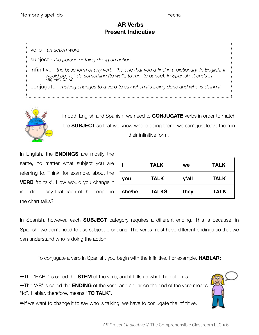


Answers to Worksheet: Spanish Verbs Like Gustar
Verbs like gustar are conjugated according to whatever is doing the action, normally in the third person singular (él, ella form) or third person plural (ellos, ellas form) It is almost always inappropriate to conjugate verbs like gustar in the first or second person (yo, tú, nosotros)
https://url.theworksheets.com/601651 Downloads
Preview and Download !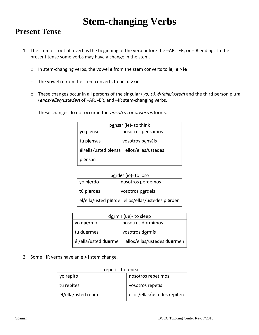
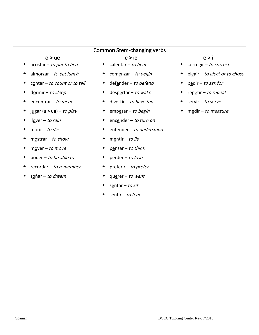
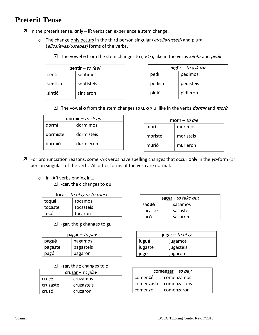
Conjugating –ar verbs
Conjugating –ar verbs All Spanish verbs fit into one of three categories: -ar, -er, or -ir verbs. In this section we will learn to conjugate regular –ar verbs. But let’s review a little first. Verb – A word that represents an action or a state of being. Infinitive - the simple or basic form of the verb, the unchanged verb with
https://url.theworksheets.com/w25227 Downloads
Preview and Download !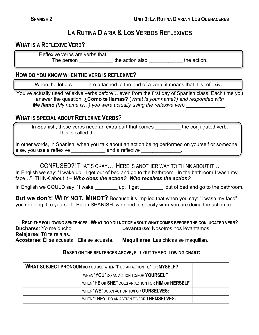
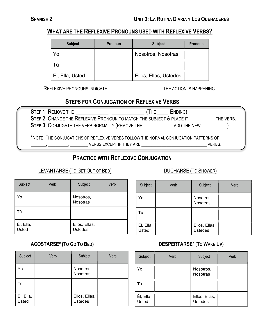
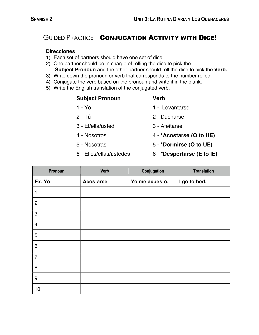
I am - ser, estar, tener - Homeschool Spanish Academy
*Gerund: in Spanish, the gerund (verb with -ando and -iendo endings) helps us describe a continuous action that started taking place before we mentioned it and that is still taking place as we talk about it. The equivalent of this in English is the Present Continuous Tense that we form with the verb to be + another verb with the -ing ending.
https://url.theworksheets.com/2w2y227 Downloads
Preview and Download !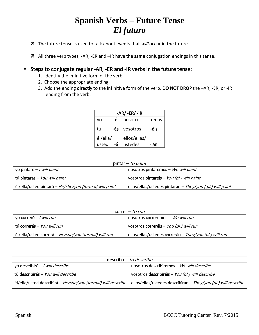
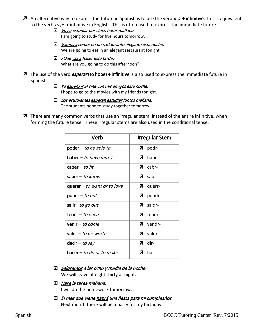

English and Spanish Cognates - Henry County Schools
Verbs •There are many English verbs that can be converted into Spanish, usually by changing the ending of the English verb and adding the Spanish verb suffices 'ar', 'er' or 'ir'. •Almost every English verb ending in '-ate' can be converted into a Spanish infinitive by replacing the final '-ate' with '-ar'. •
https://url.theworksheets.com/1nbi269 Downloads
Preview and Download !
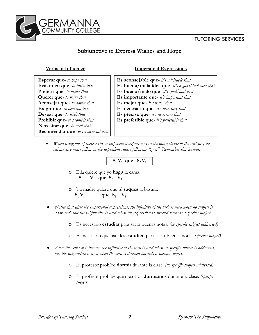
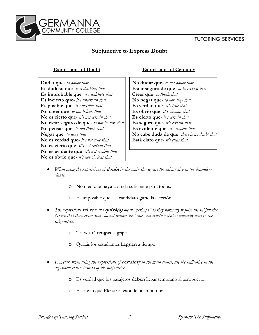
The Verbs “to know”: Ser vs. Estar - Bucks County Community College
Spanish BCCC Tutoring Center Rev. 8/2015 The Verbs “to know”: Ser vs. Estar Although the Spanish verbs “ser” and “estar” both mean “to be,” they are used quite differently. In very broad terms, “ser” is used to describe conditions or situations that do not tend to change. “Estar” describes conditions that tend to
https://url.theworksheets.com/1h0j675 Downloads
Preview and Download !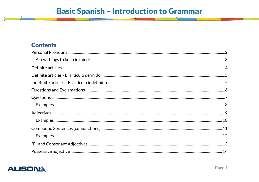
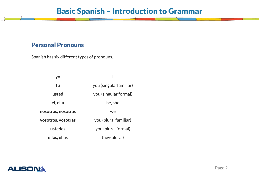
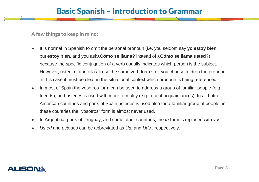
SPANISH 2 UNIT 3: LA RUTINA DIARIA Y LOS QUEHACERES
SPANISH 2 UNIT 3: LA RUTINA DIARIA Y LOS QUEHACERES GUIDED PRACTICE – CONJUGATION ACTIVITY WITH DICE! Direcciones: 1) Each set of partners should have one set of dice. 2) One partner should be in charge of rolling the dice to pick the Subject Pronoun and the other partner should roll the dice to pick the Verb. 3) Write down the pronoun or verb that corresponds to the number rolled.
https://url.theworksheets.com/1z9b245 Downloads
Preview and Download !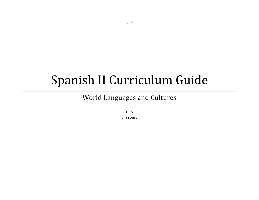
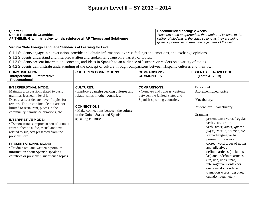
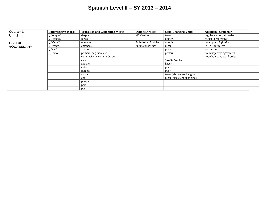
Worksheet: Spanish Verbs Like Gustar
_____ for whoever is receiving the action • Verbs like gustar are conjugated according to whatever is doing the action, normally in the third person singular
https://url.theworksheets.com/anj111 Downloads
Preview and Download !


REFLEXIVE VERBS IN SPANISH - Cal-Mum
1) In Spanish, there is a set of verbs called ‘reflexive’ verbs. This is not a new tense, like present, past or future. These verbs are actions, in a sense, that one would do ‘to themselves”. For example, “I wash (myself),” “They wake (themselves) up,” or, “I brush (my own) teeth.”
https://url.theworksheets.com/3jts112 Downloads
Preview and Download !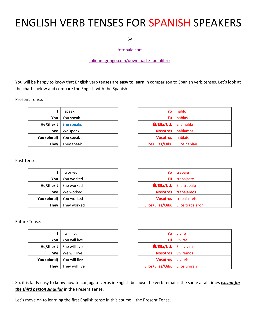
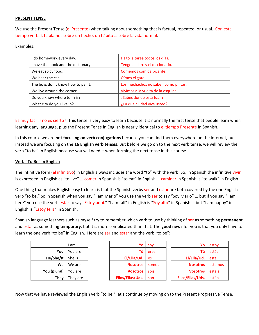
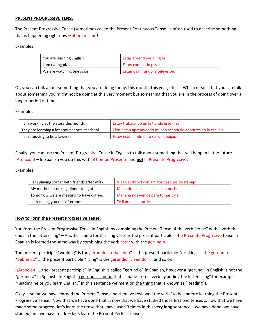
The subjunctive in Spanish - CISD
of the six moods in both English and Spanish. Mood Description Examples infinitive (infinitivo) The name of a verb. It can be used as the subject or object of a sentence. In English it takes the form of "to + verb." In Spanish, infinitives end in -ar, -er, or -ir. I want to go. Quiero ir. gerund (gerundio) The gerund is used with the
https://url.theworksheets.com/5gd477 Downloads
Preview and Download !


<< Previous results